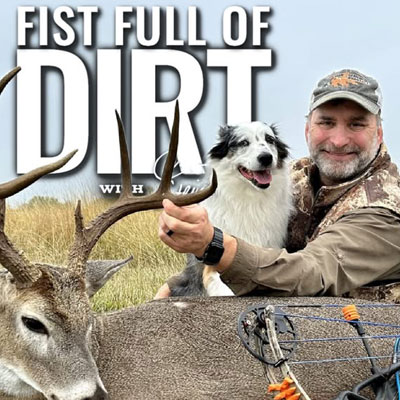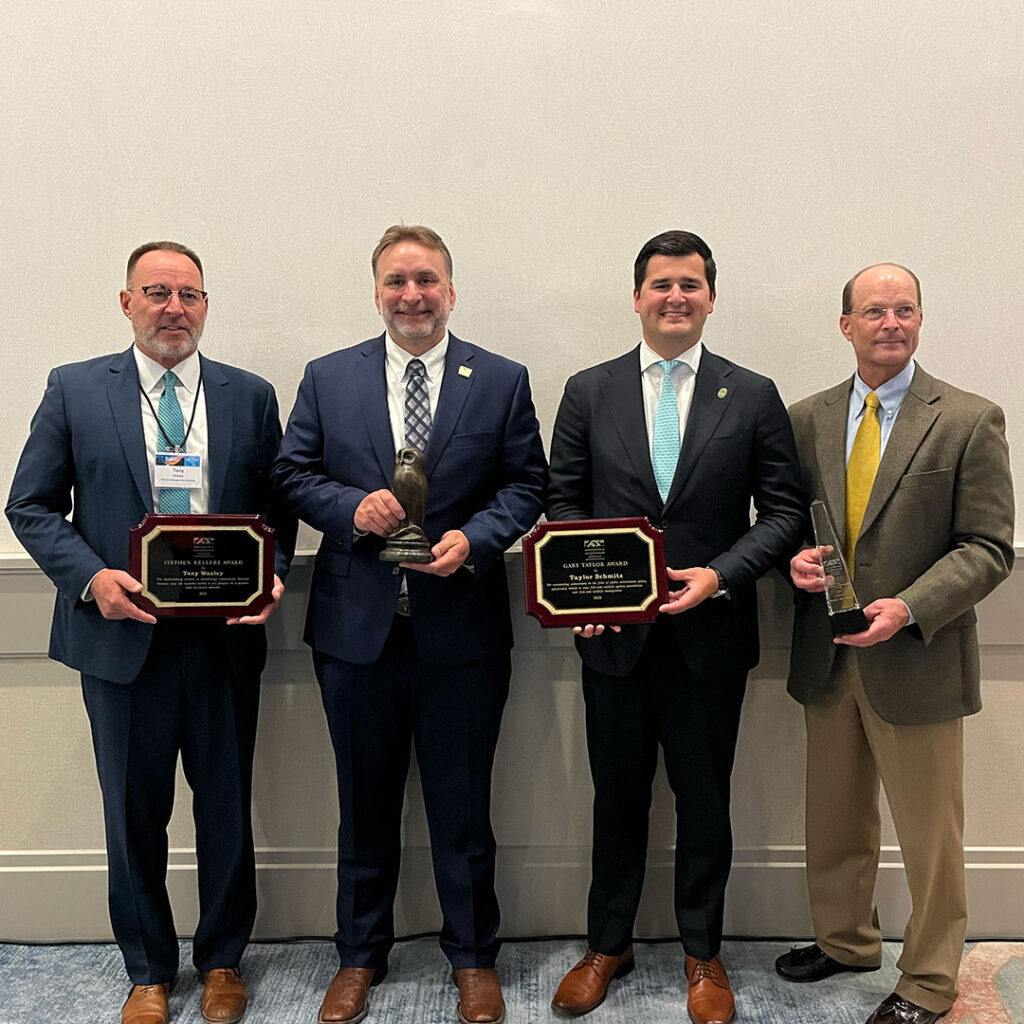EXECUTIVE SUMMARY
This study was conducted for the Council to Advance Hunting and the Shooting Sports (hereinafter referred to as the Council or CAHSS) by Responsive Management to measure Americans’ attitudes toward hunting and sport shooting. In addition, the study examined how approval of hunting varies by motivation, species, and method, and how approval of sport shooting varies by motivation. Finally, this report includes a trends analysis, which is discussed in the body of the report. The study entailed a scientific, probability-based multimodal survey of U.S. residents aged 18 and older. A discussion of the specific aspects of the research methodology follows.
The survey was conducted using contacts by telephone, text, and online. Responsive Management, in coordination with the Council, developed the survey questionnaire based in part on the previous surveys, with separate versions for telephone and online surveying. Note that there were slight differences between the telephone and online versions of the survey to accommodate each survey mode, but otherwise the versions were identical. Responsive Management conducted pre-tests of both versions of the questionnaire to ensure proper wording, flow, and logic in the survey.
The sample of U.S. residents was obtained from MSG, a firm that specializes in providing scientifically valid samples for survey research. For the telephone portion of the survey, the sample used a probability-based selection process that ensured that all U.S. residents with a telephone had an equal chance of being selected for the survey within each region.
Many quality control measures were taken to ensure the integrity of the data. These measures include the coding of the survey to ensure proper flow and follow-up questions, staff training, monitoring of telephone surveys, and examination of the results of select questions and openended responses to identify invalid surveys. These are fully explained in the body of the report.
The analysis of data was performed using IBM SPSS Statistics as well as proprietary software developed by Responsive Management. The data were weighted (as fully explained in the body of the report) so that the final sample was representative of all U.S. residents 18 years old and older. The survey was conducted from February to April 2025. Responsive Management obtained 2,212 completed questionnaires nationally.
Throughout this report, findings of the survey are reported at a 95% confidence interval. For the entire sample of U.S. residents, the sampling error is at most plus or minus 2.08 percentage points.
This summary shows the topline results among the overall sample of U.S. residents. The body of the report includes extensive analyses by region and trends analyses.
BASIC APPROVAL OF HUNTING AND RECREATIONAL SHOOTING
Large majorities approve of legal hunting and legal recreational shooting: 73% approve of hunting, and 74% approve of shooting.

The trends analysis found slightly less approval of hunting in 2025 compared to the last few years, with a steady decline from the high of 81% in 2021. Note that the decline from the last survey in 2024 is not statistically significant at the 95 percent confidence level. However, when compared to the high of 81% in 2021, the decline is statistically significant (p < 0.05).

There is a lower rate of approval of recreational shooting in 2025 compared to the peak in 2021, when approval was at 81%, a difference that is statistically significant at the 95 percent confidence level (p < 0.05), and a lower rate compared to 2024, a difference that is also statistically significant (p < 0.05).
Approval of hunting is particularly high among rural residents, males, residents of the Mountain West and Midwest Regions, and residents of small cities/towns.
Approval of legal recreational shooting is highest among males, rural residents, Mountain West Region residents, and residents of small cities/towns.
Large majorities of Americans agree that it is okay if other people go hunting or sport shooting in accordance with laws and regulations, regardless of their own opinions of the activities. Regarding hunting, 86% agree that it is okay for others to go hunting, and 83% agree that it is okay for others to go sport shooting.
The survey presented a continuum regarding recreational shooting sports and asked people to say where they are on it. The majority of Americans (58%) think that the shooting sports are perfectly acceptable. However, about a third (34%) think that they might be or are inappropriate now.

The large majority of Americans say that their opinion on hunting and recreational shooting has remained about the same over the past few years (62% regarding hunting, 63% regarding recreational shooting). Otherwise, they are fairly evenly split on saying that their opinion has become more favorable or less favorable: 18% say more favorable and 18% say less favorable regarding hunting, and 17% say more favorable and 18% say less favorable regarding recreational shooting.
The large majority of Americans (69%) say that most sport shooters know how to safely handle firearms and are careful; however, 16% say that they do not know how to properly handle firearms. When the latter is added to the percentage who responded with don’t know on the question, 31% do not unequivocally say that most sport shooters know how to safely handle firearms and are careful.
APPROVAL OF MOTIVATIONS FOR HUNTING
The survey examined approval of motivations for hunting, which vary considerably from one another. The highest approval is hunting for food—the top two in the ranking are for the meat and to get locally sourced food. Conservation is next in the ranking. Three more form a middle tier: protection of humans and property and for wildlife management. There is a marked break here, with the rest of the motivations at no more than 61% approval and disapproval being more than 20% for all of them. Hunting for a trophy is at the very bottom, where a majority disapprove. (The sums of strongly and moderately for both approval and disapproval are shown below each bar, summed on unrounded numbers.)

APPROVAL OF SPECIES HUNTED
As shown below, approval of hunting varies widely by species being sought. Hunting of common species, such as deer and wild turkey, has high approval, while hunting of less common species, such as mountain lion and wolf, has lower approval (with hunting of African species being quite low). Moving down the graph, there is a break at black bear, where disapproval jumps to 40%. For all the rest of the species below black bear, disapproval exceeds approval. (The sums of strongly and moderately for both approval and disapproval are shown below each bar, summed on unrounded numbers.)

APPROVAL OF HUNTING METHODS
The approval of hunting is affected by the hunting methods themselves. For instance, fair chase would appear to be a factor in approval of hunting: the lowest-rated methods are hunting on high-fenced property, hunting using high-tech gear, and hunting over bait—for these, disapproval is as high or higher than approval. At the top in approval are archery hunting and firearm hunting. (The sums of strongly and moderately for both approval and disapproval are shown below each bar, summed on unrounded numbers.)

APPROVAL OF MOTIVATIONS FOR SPORT SHOOTING
As was done with hunting, the survey looked at approval of recreational shooting according to reasons for shooting. In general, reasons that are perceived as more utilitarian are at the top, while less utilitarian reasons are at the bottom of the graph showing approval of various motivations for sport shooting. Self-defense, for competition, and practicing for hunting are the top three. (The sums of strongly and moderately for both approval and disapproval are shown below each bar, summed on unrounded numbers.)

CONSERVATION
A large majority of Americans (62%) consider themselves to be conservationists. However, 23% do not. A substantial percentage (15%) do not know.
GENERAL REMARKS ABOUT TRENDS SHOWN IN THIS REPORT
With hunting and shooting sports at the intersection of conservation, culture, and controversy, understanding public opinion is critical.
The 2025 survey offers a nuanced but, despite a decline, is still an encouraging snapshot of how the American public perceives legal regulated hunting and sport shooting today. Support for both activities remains strong overall, especially when the motivations are aligned with values such as food provision, wildlife conservation, and personal safety.
These findings reaffirm a long-standing truth: Americans are generally supportive of outdoor traditions when they serve a clear, constructive purpose.
Importantly, the survey also reveals that public approval is not unconditional. Attitudes shift significantly based on the context, particularly the motivations behind legal regulated hunting and sport shooting activities. Practices perceived as less ethical or less aligned with conservation goals, such as trophy hunting or high-fence operations, receive lower levels of public support. This signals the continued importance of transparency, education, and values-driven communication for those working in the conservation and outdoor recreation sectors.
The data also reflect consistency in key demographic patterns and regional trends, while highlighting areas where public opinion is beginning to shift. As such, the results serve as a timely and strategic resource for agencies, NGOs, and industry leaders looking to shape policies, develop outreach efforts, and build stronger public trust around hunting and shooting sports.
At its core, this research reinforces that the future of these activities depends not just on access and opportunity, but also on the public’s understanding of their value. That understanding must be earned, nurtured, and upheld through ethical practices, meaningful engagement, and a shared commitment to conservation.
The Council sees this research as more than a public opinion poll—it is a strategic tool. In a time when hunting access, wildlife funding, and Second Amendment issues are subject to increasing scrutiny, understanding the public’s expectations and values is essential to effective advocacy and program design.
NEWs & Events

Two-Part Series Explores the Future of Hunting and Shooting Sports

First Full of Dirt Podcast: From Bent Creek to the Big Picture ~ Chuck Sykes on the Future of Hunting (Part II)

First Full of Dirt Podcast: From Bent Creek to the Big Picture ~ Chuck Sykes on the Future of Hunting (Part I)





 massmonopoly
massmonopoly R3 PRACTITIONER’S GUIDE
R3 PRACTITIONER’S GUIDE